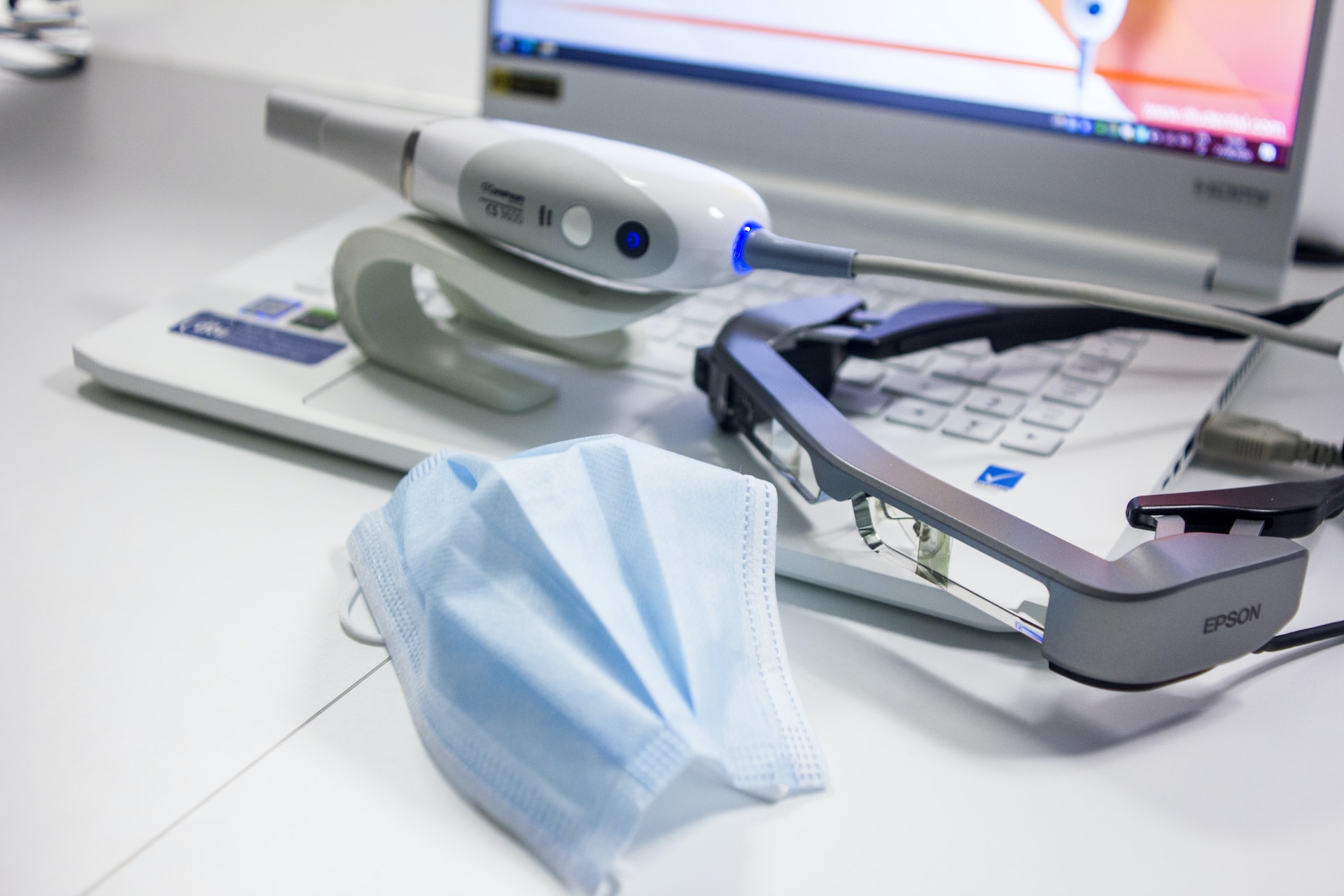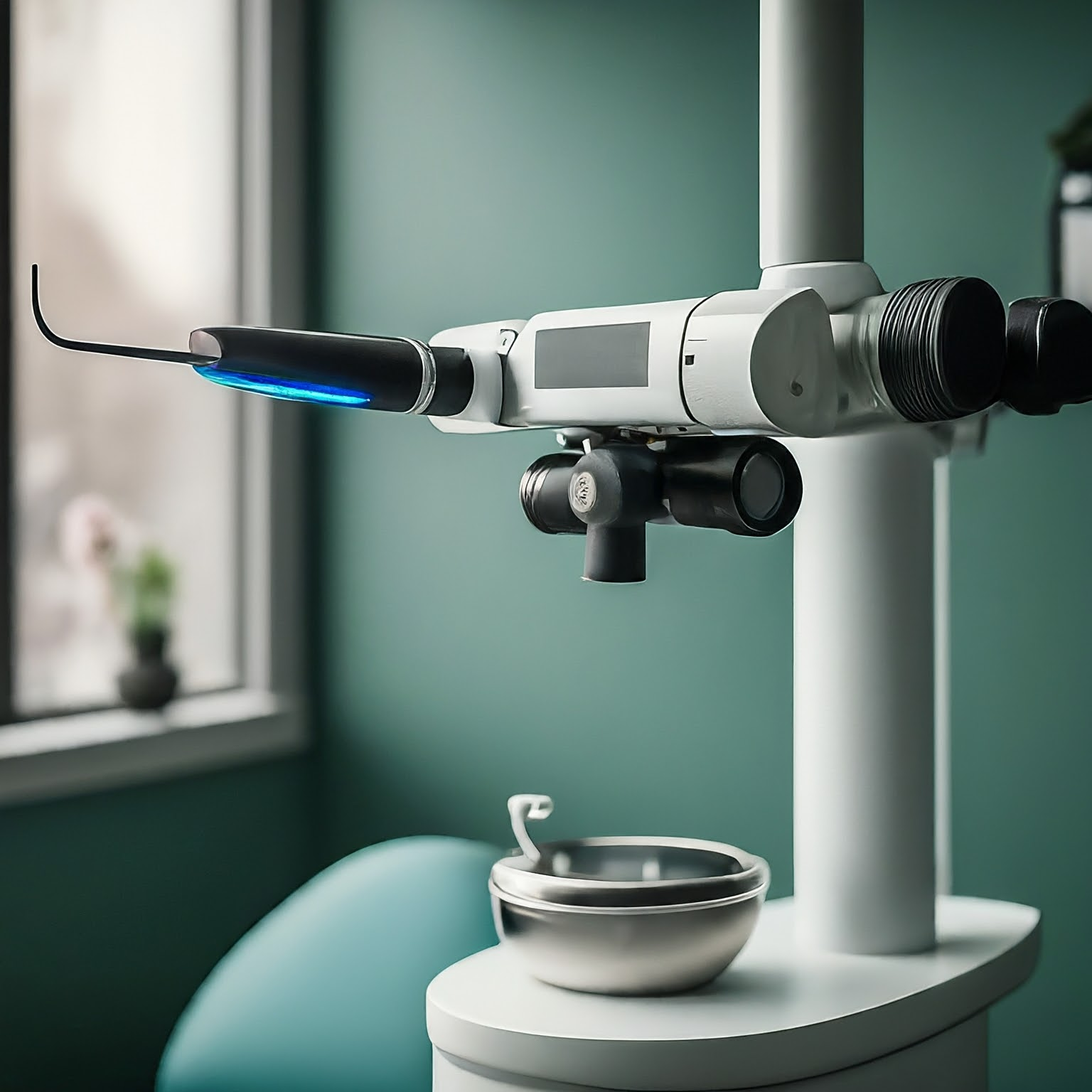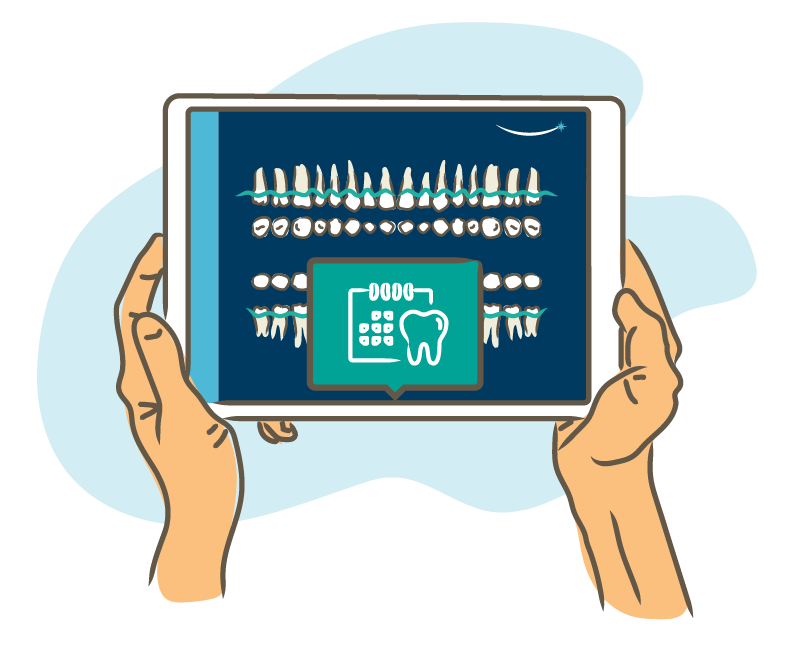Dental Innovations
The Evolving Landscape of Modern Dentistry: Stem Cells, Technology, Pain Management, and Future Trends
In recent years, modern dentistry has witnessed a wave of transformative developments that are reshaping the way we approach oral health. From harnessing the regenerative potential of stem cells to uncovering the links between gum disease and Alzheimer’s, the field is at the forefront of scientific and technological advancements. As 2023 draws to a close and a new year of forthcoming advanced dawns, let’s examine some of the key trends that are making waves in dentistry by exploring the potential enhancements, implications, and the future promises they hold.
Stem Cells in Modern Dentistry: Regenerating Tooth Enamel with Organoids
One of the most revolutionary breakthroughs in modern dentistry comes from a multi-disciplinary team of scientists at the University of Washington in Seattle, which has discovered that stem cell-derived organoids secrete tooth enamel proteins. Tooth enamel, the protective outer layer of teeth, has limited regenerative capabilities. However, researchers have successfully cultivated organoids – miniature versions of organs – in the laboratory, harnessing their ability to generate enamel proteins.
To understand the significance of this development, it’s essential to grasp the potential applications. Tooth decay and enamel erosion are prevalent dental issues, often leading to painful and costly treatments. Stem cell-derived organoids offer a promising solution by facilitating the regeneration of enamel, potentially eliminating the need for traditional restorative procedures.
The research in this area is promising. Studies have demonstrated the successful growth of enamel-like structures in a controlled environment through laboratory creation of ameloblasts, the cells that cover the developing enamel of teeth and are responsible for enamel composition. This not only opens the door to targeted enamel regeneration but also holds promise for the development of entire teeth through regenerative dentistry.
The Gum-Alzheimer’s Connection: Unraveling the Inflammatory Link
Joint research conducted by the Forsyth Institute and Boston University has uncovered possible connections between periodontal disease, commonly known as gum disease, and the formation of amyloid plaque, a key hallmark of Alzheimer’s disease. This comprehensive study is titled “Microglial Cell Response to Experimental Periodontal Disease,” and has been published in the Journal of Neuroinflammation.
These findings represent a fascinating intersection of oral and systemic health, suggesting that chronic gum inflammation might trigger a systemic inflammatory response that contributes to the formation of amyloid plaques in the brain, a hallmark of Alzheimer’s.
This revelation also emphasizes the importance of maintaining good oral health beyond the prevention of cavities and gum disease by highlighting a potential avenue for reducing the risk of Alzheimer’s through proactive dental care. However, it’s crucial to note that further research is needed to establish a definitive causal relationship and understand the mechanisms at play.
Still, the implications of this research are profound, urging a holistic approach to healthcare that recognizes the interconnectedness of oral and overall health. It reinforces the idea that dentistry is not just about treating teeth; it’s a key player in maintaining systemic well-being.
Opioid Prescriptions for Dental Pain: A Welcome Decline
In response to the opioid crisis that has gripped the healthcare sector, dentistry has seen a positive trend in recent years – a decline in opioid prescriptions for dental pain. Dental procedures, especially those involving extractions or intensive interventions, have historically been associated with opioid prescriptions for pain management.
Dental opioids dispensed to U.S. patients of all ages declined 45% from 2016 to the end of 2022. This reduction can be attributed to an increased awareness of the risks of opioid addiction among both healthcare providers and patients. Additionally, the availability of alternative and safer pain management options has played a crucial role. Nonopioid medications, combined with advancements in local anesthesia techniques, are proving to be effective in managing post-operative dental pain without the associated risks of opioid use.
This shift marks another step toward curbing the opioid epidemic, highlighting the adaptability and responsibility of the dental community in addressing broader public health concerns.
According to research from the Centers for Disease Control and Prevention (CDC), “Nonopioid therapies are at least as effective as opioids for many common types of acute pain, including dental pain and pain related to a simple dental extraction. Many acute pain conditions often can be managed most effectively with nonopioid medications.” For example:
- Non-steroidal anti-inflammatory drugs (NSAIDs) have been found to be more effective than opioids for surgical dental pain.
- The American Dental Association recommends NSAIDs as first-line treatment for acute dental pain management.
Modern Tools for Modern Dentistry: Digital X-rays Offer Safer and More Efficient Imaging
Advancements in imaging technology have revolutionized diagnostics in dentistry, with digital X-rays emerging as a safer and more efficient alternative to traditional film X-rays. The concerns surrounding radiation exposure, often associated with conventional X-rays, have been mitigated by the introduction of digital imaging.
Digital X-rays significantly reduce radiation exposure, making them a safer option for both patients and dental professionals. The benefits extend beyond safety; digital X-rays offer immediate image capture and display on computer screens, eliminating the need for time-consuming film development. This efficiency not only streamlines the diagnostic process but also allows for enhanced collaboration and communication between dental teams.
The adoption of digital X-rays reflects the dental industry’s commitment to embracing technology for improved patient care and safety. It sets a precedent for the integration of innovative solutions that enhance diagnostic accuracy while prioritizing the well-being of patients.
Digital x-rays improve quality and accuracy while reducing exposure to radiation. They also help the environment. And as we illustrated in a recent article, digital imaging offers dentists a more sustainable approach toward ecological responsibility.
According to the Eco Dentistry Association, dental clinics produce 28 million liters of hazardous x-ray fixers every year. Greater reliance on digital imaging will remove the harmful chemicals and materials from the environment that are produced by conventional radiography.
Emerging Trends: Shaping the Future of Dentistry
The ever-evolving landscape of dentistry is characterized by emerging trends that hold the potential to redefine the patient experience and treatment approaches.
- Artificial Intelligence (AI) in Dentistry: AI is making significant inroads into dentistry, offering applications in treatment planning, diagnosis, patient education, and risk assessment. Machine learning algorithms can analyze vast datasets to assist dentists in identifying patterns, predicting outcomes, and personalizing treatment plans. From enhancing diagnostic accuracy to revolutionizing preventive care, AI is set to be a transformative force in the dental field. To learn more, check out our article on “How Artificial Intelligence Will Shape the Future Reality of Dentistry.”
- Teledentistry: The rise of telehealth has extended to dentistry, giving rise to teledentistry – the remote provision of dental care through telecommunications technology. This trend is driven by the increasing demand for convenient and accessible healthcare. Teledentistry facilitates virtual consultations, remote monitoring of oral health, and the delivery of preventive education. It has the potential to bridge gaps in access to dental care, particularly in underserved or remote areas.
- Cosmetic Dentistry: As oral health becomes inseparable from overall well-being, cosmetic dentistry is gaining prominence. Patients are increasingly seeking aesthetic enhancements to improve their smiles and boost their self-confidence. Advancements in cosmetic dentistry techniques, such as veneers, teeth whitening, and orthodontic treatments, empower individuals to achieve the smile they desire. This trend reflects a growing understanding of the psychological and social impact of dental aesthetics.
Modern Dentistry: An Evolving Continuum of Care for a New Era
The dynamic landscape of dentistry is marked by continuous innovation, driven by scientific discoveries, technological advancements, and a commitment to improving patient outcomes. From the regenerative potential of stem cells to the interconnectedness of oral and systemic health, the discussed trends underscore the transformative nature of contemporary dental practices.
As the dental community embraces these advancements, the future holds exciting possibilities for more personalized, efficient, and accessible oral healthcare. The integration of artificial intelligence, the expansion of teledentistry, and the growing emphasis on cosmetic dentistry collectively contribute to a vision of dentistry that goes beyond mere treatment to holistic care.
By staying informed and proactive in adopting these trends, both dental professionals and patients can contribute to a future where oral health is not only preserved but serves as a foundation for overall well-being. As we navigate this evolving landscape, collaboration between researchers, practitioners, and the broader healthcare community will be instrumental in realizing the full potential of these transformative trends in dentistry.
Photo by Quang Tri NGUYEN on Unsplash
Let's brighten
that smile
The when and where are up to you.





